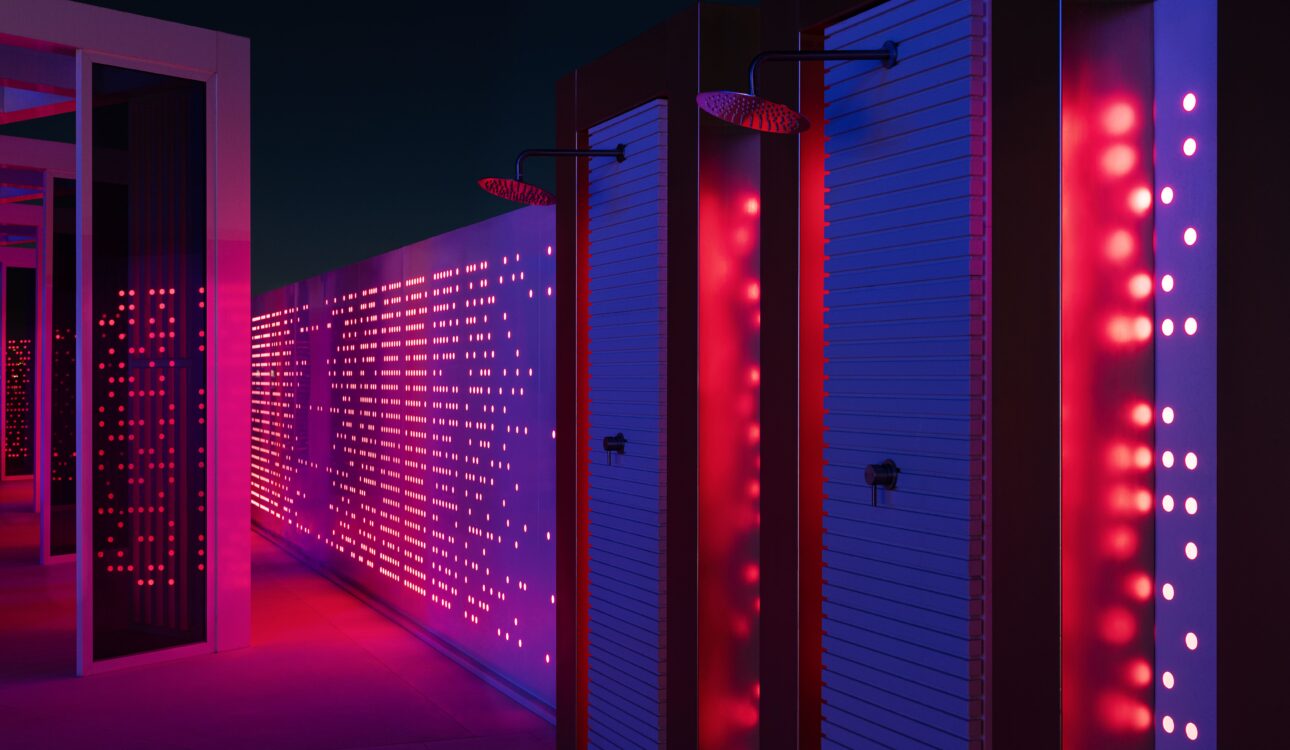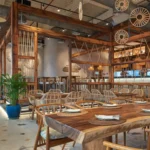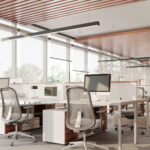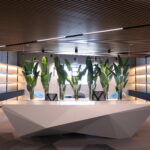Introduction:
Designing for multifunctionality is a creative endeavor that aims to utilize space effectively without compromising on aesthetics. In today’s world, where space is often at a premium, finding innovative ways to maximize functionality without sacrificing style has become increasingly important. This article explores various strategies and tips for achieving this balance, ensuring that your living or working areas are both practical and visually appealing.
Understanding Multifunctionality
In today’s fast-paced world, where every square inch counts, the concept of multifunctionality has gained significant traction. Essentially, it involves designing spaces or objects that serve multiple purposes, thereby optimizing their utility. Whether it’s a compact apartment or a small office, incorporating multifunctional elements can significantly enhance the functionality of the space.
Embracing Space-Saving Furniture
One of the key strategies in designing for multifunctionality is to invest in space-saving furniture. From foldable tables to sofa beds, there are numerous options available that can help maximize space utilization without compromising on comfort or style. By choosing pieces that can serve multiple functions, you can effectively declutter your interior fitout and create a more versatile environment.
Utilizing Vertical Space
In small living or working areas, utilizing vertical space is essential for maximizing storage and functionality. Installing wall shelves, hanging organizers, or tall cabinets can help free up valuable floor space while providing ample storage solutions. Additionally, incorporating vertical elements such as tall plants or artwork can draw the eye upward, creating the illusion of a larger space.
Innovative Storage Solutions
Effective storage is a cornerstone of multifunctional design. Investing in innovative storage solutions such as under-bed drawers, hidden cabinets, or modular shelving systems can help optimize space usage while keeping clutter at bay. By integrating storage seamlessly into the design, you can maintain a clean and organized environment without sacrificing style.
Flexible Room Layouts
Creating flexible room layouts is another key aspect of designing for multifunctionality. By using modular furniture or movable partitions, you can easily adapt the space to accommodate different activities or functions. This versatility allows you to make the most of your space while ensuring that it remains adaptable to your evolving needs.
Maximizing Natural Light
Natural light can transform a space, making it feel more open, inviting, and spacious. When designing for multifunctionality, it’s essential to maximize natural light wherever possible. Opt for sheer curtains or blinds that allow light to filter through while maintaining privacy. Additionally, strategically placing mirrors can help reflect light and create the illusion of a larger space.
Incorporating Dual-Purpose Decor
Choosing decor items that serve both aesthetic and functional purposes can further optimize space. For example, decorative storage boxes can add visual interest while providing valuable storage space for small items. Similarly, ottomans with built-in storage can serve as both seating and a place to stow away blankets or magazines.
Optimizing Traffic Flow
Consider the flow of movement within the space when designing for multifunctionality. Arrange furniture in a way that allows for easy navigation and access to different areas. Avoid placing bulky items in high-traffic areas to prevent congestion and promote a sense of openness.
Creating Zones within a Space
Dividing a room into distinct zones can enhance functionality and organization. Use area rugs, furniture arrangement, or decorative screens to delineate different areas for work, relaxation, and socializing. This approach helps to create visual separation while maintaining a cohesive design aesthetic.
Utilizing Built-In Features
Built-in features such as shelving, cabinetry, and seating can maximize space utilization while seamlessly blending into the overall design. Custom-built solutions can be tailored to fit the specific dimensions and layout of the space, ensuring a perfect fit and optimal functionality.
Incorporating Technology
Integrating technology into multifunctional design can enhance convenience and efficiency. Consider installing smart home devices such as automated lighting systems, motorized blinds, or integrated sound systems to streamline daily activities and enhance the overall user experience.
Flexible Furniture Arrangements
Experiment with different furniture arrangements to find the most efficient layout for your space. Modular furniture pieces that can be easily reconfigured allow for versatility and adaptability, ensuring that the space can accommodate changing needs and preferences over time.
Maximizing Outdoor Space
If applicable, extend the concept of multifunctionality to outdoor areas such as balconies, patios, or rooftops. Choose outdoor furniture that can serve multiple purposes, such as storage benches or convertible dining sets, to make the most of the available space and create an inviting outdoor retreat.
Personalizing the Space
Finally, don’t forget to infuse the space with your personality and style preferences. Incorporate meaningful decor items, artwork, and accessories that reflect your tastes and interests, making the space feel uniquely yours while maintaining its functionality and practicality.
Maximizing Space without Sacrificing Style
Designing for multifunctionality requires a careful balance between functionality and aesthetics. By embracing innovative solutions such as space-saving furniture, vertical storage, and flexible room layouts, you can maximize space utilization without sacrificing style. With careful planning and creativity, you can transform even the smallest of spaces into multifunctional havens that are both practical and visually stunning.
Frequently Asked Questions (FAQs)
Q: Can multifunctional furniture be stylish?
A: Yes, absolutely! Many manufacturers now offer stylish and contemporary designs that incorporate multifunctional features seamlessly.
Q: How can I make my small apartment feel more spacious?
A: Maximize natural light, choose light colors for walls and furniture, and utilize space-saving furniture to create the illusion of a larger space.
Q: Are multifunctional rooms suitable for large homes as well?
A: Certainly! Multifunctional design principles can be applied to spaces of any size, enhancing functionality and versatility.
Q: What are some common examples of multifunctional furniture?
A: Examples include sofa beds, storage ottomans, nesting tables, and convertible dining tables.
Q: Is it possible to design a home office in a small space?
A: Absolutely! With careful planning and the right furniture choices, you can create a functional and stylish home office in even the smallest of spaces.
Q: How can I maintain a cohesive design aesthetic in a multifunctional space?
A: Choose furniture and decor pieces that complement each other in terms of style, color, and material. Opt for cohesive design elements to create a unified look.
Conclusion
Designing for multifunctionality is an art that requires creativity, innovation, and careful planning. By incorporating space-saving furniture, maximizing vertical space, and embracing flexible room layouts, you can optimize space utilization without sacrificing style. With the right approach, even the smallest of spaces can be transformed into multifunctional havens that are both practical and visually appealing.






